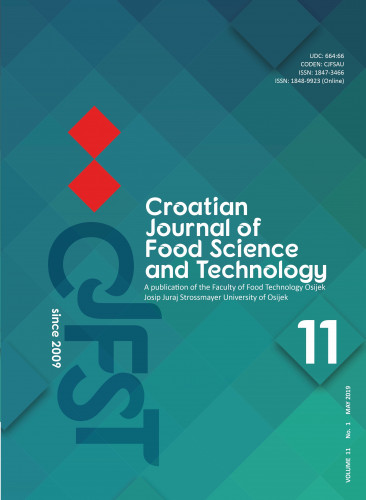Encapsulation can be defined as a process of entrapping one substance within another substance producing particles with diameters of a few nm to a few mm. The entrapped material is usually a liquid, but may be a solid or a gas. The main reason of using encapsulation is the fact that some nutrients do not remain in the food for a significant amount of time or may react with the other food components causing undesirable effects. It is possible to use micro- and nanoencapsulation techniques. The first one, microencapsulation, is a technology that can improve the retention time of the nutrient in the food and allow controlled release at specific times, during food consumption or in the intestinal gut (microencapsulation of vitamin). Nanoencapsulation has the potential to protect sensitive bioactive food ingredients from unfavourable environmental conditions, enhance solubilisation, improve taste and odour masking, and enhance bioavailability of poorly absorbable function ingredients. In this review, some relevant aspects of encapsulation methodologies, coating materials and their uses in food technology were discussed.
Sažetak

 Croatian journal of food science and technology : a publication of the Faculty of Food Technology Osijek : 11,1(2019) / editor-in-chief Jurislav Babić.
Croatian journal of food science and technology : a publication of the Faculty of Food Technology Osijek : 11,1(2019) / editor-in-chief Jurislav Babić.